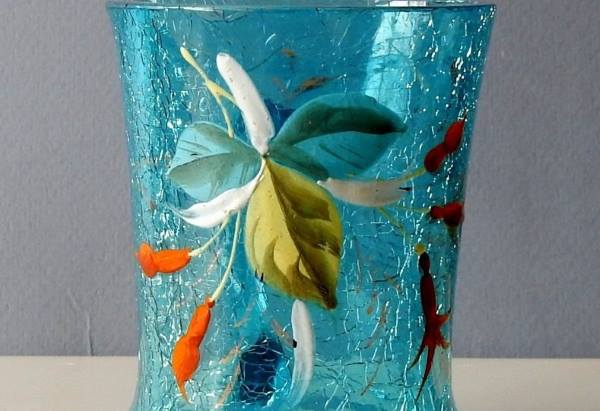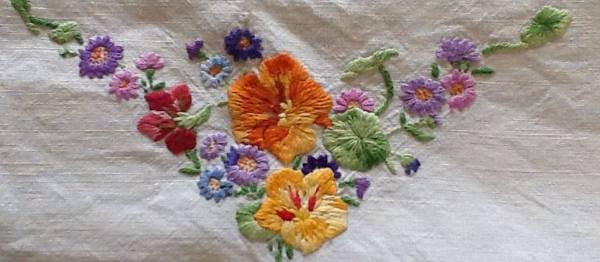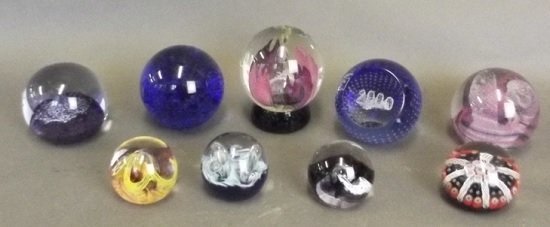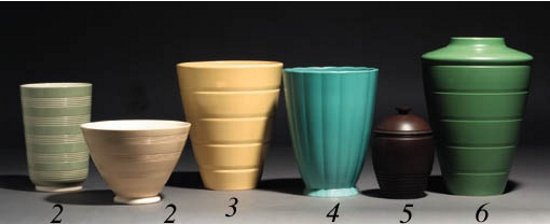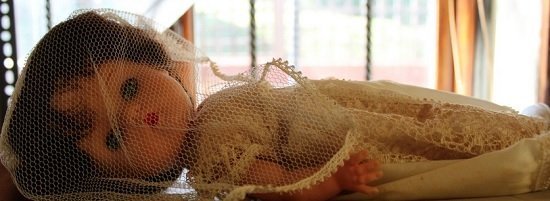Cut glass is made by cutting marks or patterns into smooth glass objects with metal tools or cutting wheels of metal or stone. The technique probably originated in ancient Egypt some 2,500 years ago. The Assyrians, Babylonians and Romans also made cut glass.
Later, cut glass specialists were at work in Constantinople (the Istanbul of today) and historians believe it was from there that the technique made its way to Venice and to Prague. It was the early 18th century before it spread to the UK. European immigrants to the America introduced the practice after that, although for many years cut glass produced in America was regarded as inferior to the glass made by European craftsmen.
All that changed in the later part of the 19th century. American cut glass craftsmen had been perfecting their techniques for some years, and the fruits of their labours were brought to a wider public in 1876 at the grandly named International Exhibition of Arts, Manufactures and Products of the Soil and Mine, held in Philadelphia.
This event, celebrating a century of independence and more simply known as the Centennial Exposition, attracted 10 million visitors and was an ideal platform for American glassmakers to show their wares. Several companies exhibited there, and their work was admired for its brilliance, the intricacy of the cut patterns and the purity of the glass. By contrast, European glass of the time lacked the brilliant reflectiveness and clarity of American glass.
Collectors need to be aware that there is faked American cut glass on the market. Glass pieces with a maker’s name tend to have a higher value, but the unscrupulous have sometimes forged these, so it’s wise to have good knowledge of company signatures. One way to detect a forged piece is to shine an ultraviolet light on it. A lack of florescence means it is almost certainly a fake. Genuine coloured American cut glass is almost never seen, so if you do come across a piece, be suspicious.
Factors which can diminish value include mismatched pieces. If a stopper doesn’t fit snugly in the neck of its bottle, the two pieces may not have been made for each other. The stopper and neck of an item sometimes have numbers etched on them and these should match. Two-piece lamps and plates under butter or cheese covers also need careful checking.
As always it’s best to do business with dealers of high repute, and to seek the advice of an expert when in doubt.



